Humans of WIS
Humans of
is a collection of profiles showcasing the diverse array of personal stories within the WIS community.
If you would like to be profiled for Humans of WIS, email [email protected] or [email protected].
Inspired by Humans of New York
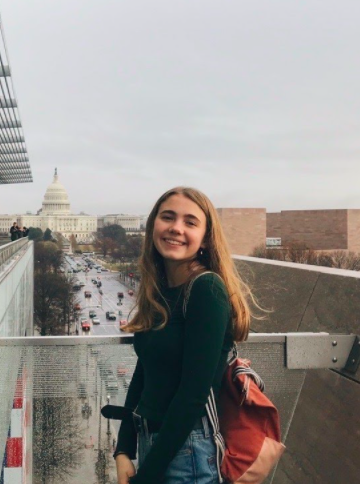
“This is where I need to be.” -Rose Boehm ’22
She doesn’t remember a class smaller than 25 people in public school, whereas her private school classes have always had a maximum of 18 people. Since her public schools were so big, teaching was much less personal. She got put in certain classes based on a test she took in 5th grade, and when she expressed that she needed to be more challenged, the school wouldn’t put her in the more advanced courses. It was evident to her teachers than she needed to be put in those classes, but most teachers didn’t know her very well. They found it hard to meet her needs, especially since public schools aren’t as well funded as private schools. She’s also found that private schools are much more lenient than public schools. At WIS, everyone gets to sit outside, including middle schoolers. At public school, she was never allowed outside to get fresh air, ever. If she was walking around in the hallways, if she texted a parent during lunch, she got yelled at. To her, it almost felt like she was going to jail every day. She felt that the teaching style at public school was stuck on content rather than analytical skills; when she visited WIS before ninth grade and saw all the analytical classroom discussions going on, she thought, “This is where I need to be.” Public school wasn’t the best fit for her, but being in a school that big has its benefits. She got to meet people with plenty of different views, whereas she’s found WIS to be a socially liberal and economically conservative environment. Social conservations and Republicans at WIS are stigmatized. Even certain liberal voices, such as Bernie Sanders supporters, never get a chance to speak.
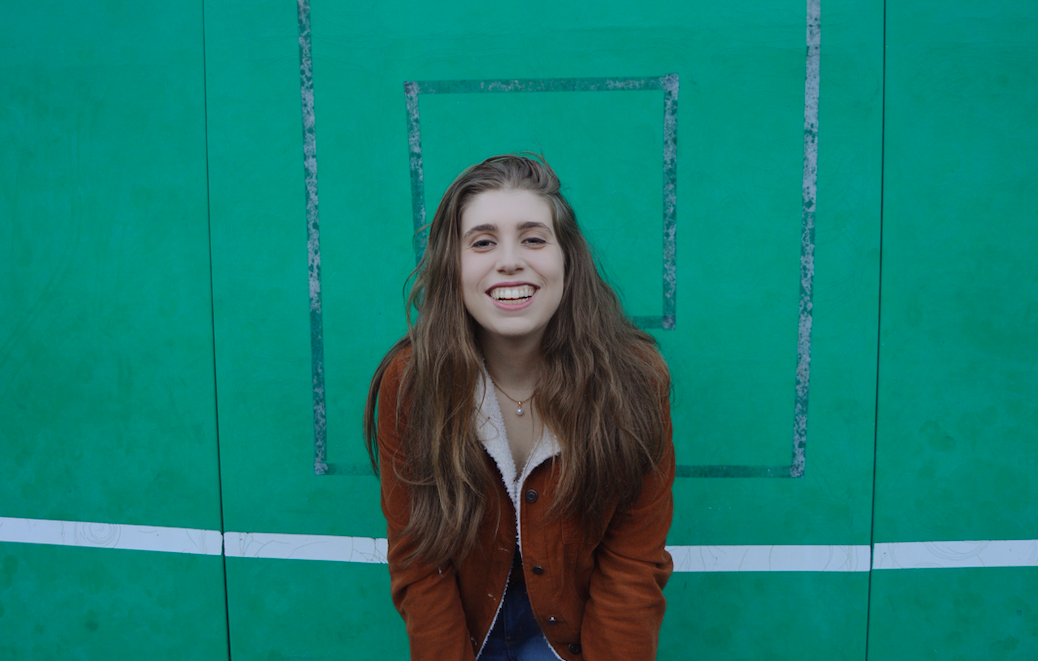
“A story dies when no one remembers it anymore.”
-Zoe Abel, ’20
A few days before the deadline, she applied to the Bringing the Lessons Home program as a way to unpack some of her own family history with the Holocaust. Her great-grandmother had recorded a series of tapes where she talked about her family’s experience. When she (Zoe) finally got to listen to them, she decided to carry on her dad’s legacy of sharing the story of the Holocaust. After being accepted to the program, she spent fourteen weeks training to become a tour guide at the Holocaust Museum and six weeks in the summer doing an internship there. Now she’s a qualified tour guide, acting as a caretaker for visitors as they explore the Holocaust’s history. Learning about the Holocaust hurt a lot at first. Eventually she became more desensitized, but after every tour she stepped outside, took a breath of fresh air, and felt grateful to be alive. Everything was hard to watch because she knew if she’d been alive during the Holocaust she would’ve been persecuted like some of her family. It made her more grateful for what she has today; every time she got home from the program she’d hug her parents or her sister. What she’s most grateful about is that she gets to tell the story. There are so many atrocities committed against people who can’t speak out because there aren’t any of them left or because they’re still marginalized. She’s lucky that she can talk about the Holocaust freely. Her experience at the Holocaust museum made her very aware of her own privilege — through the program she spent months learning about Holocaust history, but there’s so much else that needs to be told.
Profile by Elise Naftulin, ’22
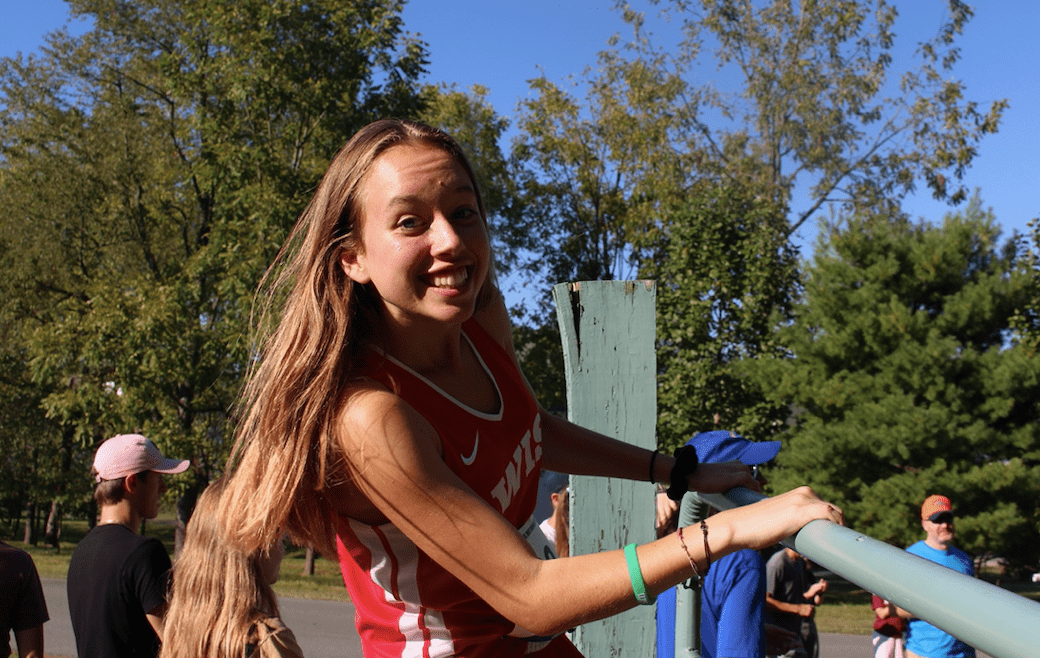
“It’s really painful, but it’s so worth it.”
-Maddy Connolly, ’20
Although she’s been running all her life, in seventh grade she noticed how much she enjoyed competing and running longer distances. So, she joined the middle school cross country team and has not slowed down since. The team support she felt when she entered high school only boosted her love for the sport, and she used her passion to motivate her younger teammates as captain during 11th and 12th grade. Her favorite part about being captain is motivating all the runners and pushing everyone to try their hardest at practice and at races. She also loves running because it gives her an outlet to deposit all her energy before going home to do homework. Clearing her mind through running has helped her academically and benefited her mental health. However, running isn’t the only part of cross country that she likes. The team connection she’s felt with other members of the team helped create some of her favorite memories, such as the long bus rides to meets. Little moments like those help her motivate herself and everyone else. Her favorite parts about running make the painful ones slightly more bearable. She admits that all the workouts make her a stronger runner, but she still thinks running up the hill next to the banana field more than a dozen times is the worst. Even after falling during a race, getting lost, and suffering through countless hill workouts, she still loves the feeling of accomplishment once she reaches the finish line.
Profile by Camila Levey, ’22
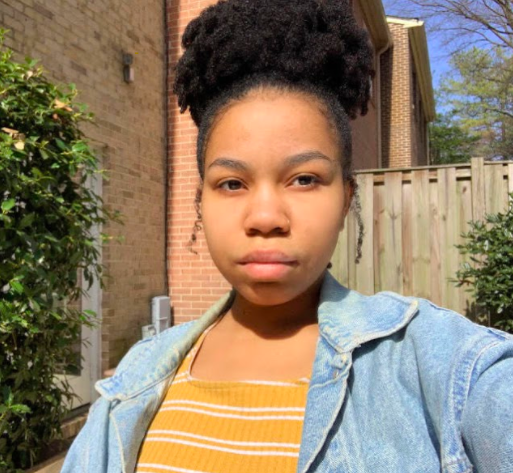
“There can be a thousand different stories in a few lines.”
-Ayanna Rhodes, ’21
The word Black: A critique
Pros:
It moves in the mouth
Like the Box Step.
Dove into with grace, with wide strides
Swung low from the hips
and brought high into
a punctuated, feet-clicked-together,
straight back end.
It’s granted multiplicity:
It’s curves and drops,
The bends of will and ink,
snapped back into its rigid,
unwavering spine.
Even in tone, there’s mystery
and love and fear and Glory.
What other word can exist so Wholly?
Cons:
It ends, like this poem, all too soon for my taste.
People think poetry is really hard to understand — that’s what makes it interesting. Finding a simple meaning in something that seems to be complicated makes poetry almost like a puzzle. She loves how she can fully express herself through her poems. She can be whoever she wants to be, sharing her view of the world. Poetry is an art form that everyone can benefit from; there’s always something or someone to resonate with. She loves the form itself so she writes to understand it better, and she wants to share that love of poetry with other people. She came up with the idea for Poetry Club while sitting in math class and wanting to write a poem. Since she didn’t have the time right then, she thought to herself; Let’s just make time. On her own, she tries to carve out some time each week to write or revisit poetry she’s already written, finding inspiration in everything from nature to her own family. She used to write a lot about race, trying to understand her place at a predominantly-white institution and not having a lot of people who look like her. Over the past couple of years she’s struggled to understand race and identity, so finding poetry and using that to express her thoughts helped her wrestle with her questions about herself. One of her biggest inspirations, Safia Elhillo, writes about moving through the world while carrying all these different identities. Safia Elhillo helped her understand that she’s more complex than just what’s in the mirror, and that’s what she wants to do for somebody else in the future.
Profile by Elise Naftulin, ’22
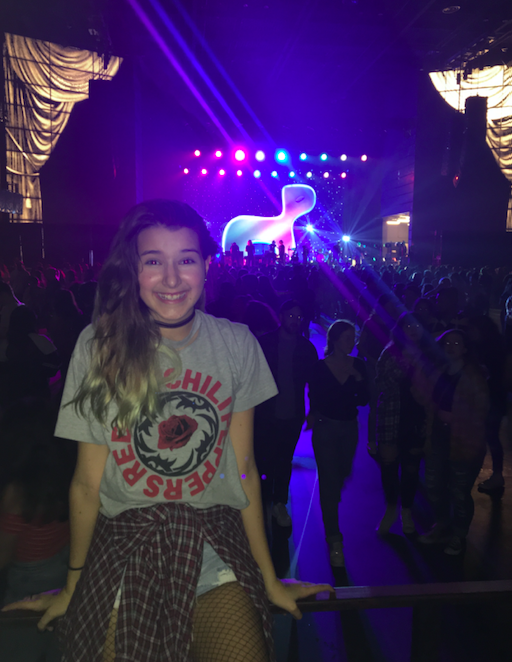
“It actually hit home and I could relate to what I was going through.”
-Sara Auer, ’22
Last February, Rex Orange County’s song “Corduroy Dreams” appeared on an Instagram recommended playlist, and she’s been obsessed with his music ever since. She likes his singing and the comforting sound of his voice, the techno feel of his new album and the wide range of styles on his previous album. She can relate to so many of his lyrics. She admires how even though he started his career at seventeen years old, he’s already made three albums and seven singles and even a collaboration with Tyler, the Creator. She likes almost every one of his songs. “Best Friend” touches on loneliness even when surrounded by loved ones; the lyrics helped her through some tough times. She can jump around to the fast-paced beginning of “Television / So Far So Good” and loves how the song abruptly slows down when the “So Far So Good” section starts. She’s been listening to “Corduroy Dreams” for over a year now, and it’s become background music for everything. And then there’s “Loving is Easy.” “Loving is Easy” used to be a bittersweet memory, but she’s made it her personal mission to redeem it with as many good memories as possible. She’s heard it while hanging out with friends and while slow-dancing around her room. She’ll never forget rocking out to it at his concert, which she considers the best night of her life. Not only does he have an amazing stage presence while singing, he can talk to the audience like they’re his friends. He asked everyone to turn off their phones and give him all the energy they could. It made her feel so connected to him. Right before she went to the concert, her fandom started to fade a little, but after that night she couldn’t stop listening to his music. It was the best night of her entire life.
Profile by Elise Naftulin, ’22
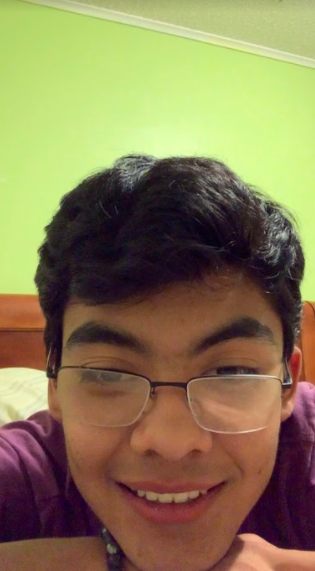
“It changed from a routine to more of a necessity.”
-Josue Ochaita, ’22
When he was younger, going to church was just a routine he’d been doing since he was born. He did it because his parents told him he had to. That changed after he joined a community: a small group of people within his parish who celebrate each tradition on their own instead of with the whole congregation. The majority of people in his community were around his age, which made the community a much more comfortable environment. That eased him into the community experience, introducing him to people his age who could relate to him. If he had any problems, he could always count on community meetings to help him. It gave him a reason for going to church. He’s realized since then how necessary religion is to his life. Before he became part of the community, there was nothing he really cared about. He would say he loved his parents and his brothers but he couldn’t truly connect with them. He’d go on with life as if nothing was happening besides his everyday routine. Nothing affected him until he joined the community at his church. Once he listened to how religion helped other people get through their own experiences, he realized that trusting the church could help him with his own struggle. He learned to open up. That’s when he started to lose that indifference, and the events in his life started having an impact on him. Now he considers himself a devout Catholic. He goes to church twice a week and during other celebrations, like Ash Wednesday. Religion shapes how he thinks, how he acts, and the way that he sees the world both inside and outside of school. It gave him a reason to care about his life.
Profile by Elise Naftulin, ’22
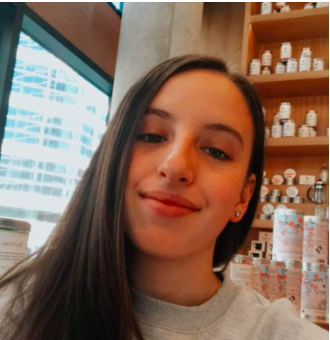
“Growing up, not many of my friends were like that.”
-Camila Levey, ’22
She got TikTok last June to make one video and impress one guy. Then she deleted the app, only to download it again. Now she knows all the dances and considers herself hooked; she even has a friend who tells her to go to rehab for her TikTok addiction. But she’d still recommend the app to everyone, especially those her age. There’s something on it for everyone. Social media platforms like TikTok make it much easier to connect with other teens and help with common adolescent feelings of isolation. There are kids from around the world who share her love for St. Louis sports. She can make hockey and baseball jokes without needing her WIS friends to understand. She makes school-related videos that only her WIS friends understand. Some of her videos get more likes because nearly everyone can relate to their topics, like coronavirus and caffeine. Some of the TikToks she relates to most are by users who have the same ethnic background. Although half of her family is Latino and Catholic, she thinks she looks much more like the Ashkenazi Jewish side. She went to Hebrew School while her brother went to Sunday School. Once, on the app’s For You page, she found a video about being both Catholic and Jewish and thought, That’s me. Another time she was scrolling through videos and heard a TikTok sound that asked; Why do most Hispanics marry very white people? The video talked about how people who only have one Latinx parent often look very white, but connect to Latinx culture much more than the stereotypical white culture they are assigned to. It’s reassuring that there are other people out there who are like her. Being able to connect with people is something really special.
Profile by Elise Naftulin, ’22
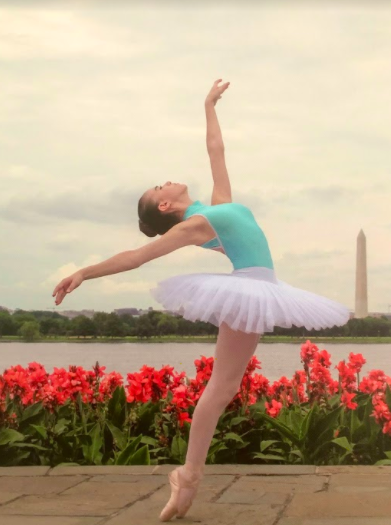
“I’m really thankful for [dance] because it’s nice to have something that I’m passionate about and I love to pursue.”
– Carolina Payeras, ’22
For the past 12 years, dance has been her biggest passion in life. She went to her first ballet class when she was three. When she was nine, she struggled to decide whether she wanted to continue dancing at the expense of having less free time. But by the time she went to her first ballet summer intensive program when she was 11, she knew she wanted to pursue a career in dance. Although she loves dancing, it has not always been the easiest path. Ballet en pointe, especially, comes with an extreme physical toll due to a dancer putting all their weight on the tips of their toes. There’s always the looming threat of injury. But, for her, the pros of dancing outweigh the cons. Even the more emotional consequences become easier with maturity. Having to balance an enormous workload with dancing has had a positive side. It taught her to use her time effectively and developed her personal responsibility — in her thirty-minute commute to and from WIS, she either spends her time completing homework or catching up on sleep. Dealing with rejection at auditions and competitions taught her to be optimistic and view every rejection as a way to try to improve. She gains inspiration from her favorite ballerinas: Marianela Núñez, a principal dancer with the Royal Ballet, Kathryn Morgan, an ex-soloist with the New York City Ballet and current soloist at the Miami City ballet. These role models help her focus on not only striving for perfect technique, but also portraying stories through her dancing and artistry. She especially looks up to Kathryn Morgan because of her persistence. Kathryn Morgan had to leave the New York City Ballet in 2012 because of bad health issues and was unsure of the future of her career, but she came back to professional dancing in 2019. To her, Kathryn Morgan is a symbol of passion for dance and strength. She hopes to be that symbol during her career.































































